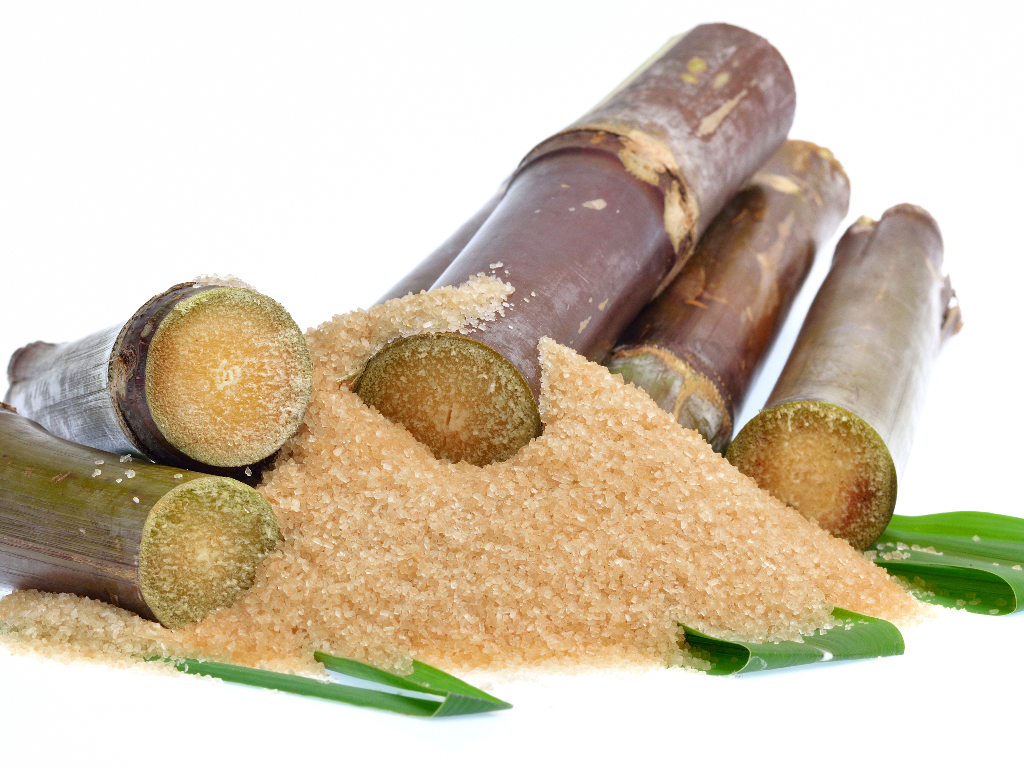Throughout Eastern and Southern Africa, sugar prices remained stable in local currency terms, with minor fluctuations observed in US dollar equivalents due to exchange rate movements in key markets like Kenya, South Africa, Uganda, and Tanzania.
Import margins in the Mombasa market suggested a possible positive outlook for re-bagged Brazilian sugar, indicating market dynamics favoring imports. Despite no bulk raw sugar vessels being loaded for Kenya during the week, Tanzania saw activity with two vessels carrying 53,000 metric tons of VHP sugar destined for Dar es Salaam port.
In Kenya, recent legal developments suspended the extension of duty-free world market sugar imports and the reduction of cane prices pending a court hearing, reflecting ongoing debates about the balance between supporting local production and facilitating imports. However, a recent government decision to zero-rate denatured ethanol aims to boost local manufacturing competitiveness and could potentially lead to diversification in the sector.
In Zimbabwe, the government's plan to distribute farming equipment to sugarcane farmers in Masvingo Province aims to enhance productivity and support cane and sugar production. However, concerns remain about the program's sustainability, transparency, and potential political motivations.
Overall, the sugar market in Eastern and Southern Africa remained steady, with minimal variations influenced by currency fluctuations and import activities, underscoring the region's complex dynamics and ongoing efforts to balance local production with international trade.
Source: Kulea.africa

